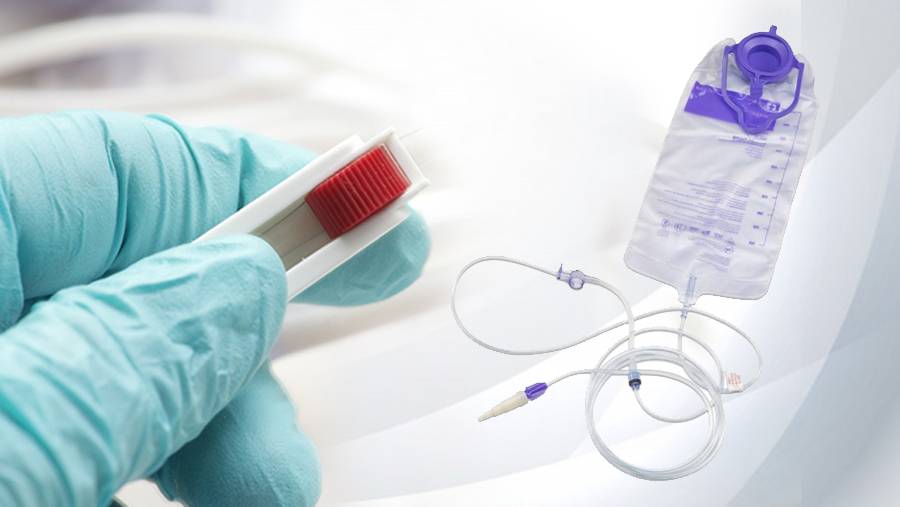
Hello
Select Address

With an increasing surge of health issues worldwide, people suffer from organ malfunction now and then. The most common is the inability to intake food orally. It can be for several reasons, like diseases involving the mouth, appetite issues, certain surgeries that might affect swallowing and eating. However, food is essential to survival. A body requires calories and essential nutrition to function properly. Medical facilities in the U.S handle this situation by supplying nutrition through Enteral Feeding supplies.
What is enteral feeding?
A way of feeding somebody via the Gastrointestinal tract through a tube is called enteral feeding. Enteral feeding is also referred to as ‘tube feeding’. The tube is placed directly into the stomach or the intestine via the nose, mouth or through the skin. A tube via the nose is called a nasoenteral tube. A tube through the skin into the stomach is gastrotomy. A tube into the small intestine is jejunostomy.
When is enteral feeding used?
Every human requires energy to do work. We get energy from the calories we obtain by eating. When a person is unable to otherwise meet the required nutritional needs, they may face severe malnutrition, weight loss or major health issues. There can be several reasons for a person not to be able to eat normally – stroke, cancer, a critical injury involving the mouth, gastrointestinal disorder or maybe neurological disorder. This is when the tube feeding method becomes necessary.
What are enteral feeding supplies?
There is a wide range of enteral feeding supplies. Other than enteral equipment, formulas are the main enteral product available in a variety of packaging, nutritional value, and consistency. Whichever kind is suitable for a patient is suggested by the doctor. There are three kinds of enteral feeding formulas – Whole protein formulas, Semi-elemental formulas, and Specialized formulas.
Whole protein formulas contain intact proteins similar to food taken orally. These are standard enteral formulas with nutrient composition recommended for healthy individuals. It is formulated for both adults and children with normal digestion. Whole protein formulas may be supplemented with fiber to enhance digestion or for bowel management.
These are also termed as ‘Peptide formulae’ because of the presence of peptides to accelerate absorption; Very much like whole protein formulas, these have essential nutritional value needed for a person to thrive. The only difference being the nutrients are broken down into more digestible components to make it easier to digest. These contain digestive enzymes that imitate the bacterial hydrolysis to function the digestion normally. Ideal for adults and children with digestive disorders like pancreatitis, gastroenteritis, short bowel syndrome and many more.
formulated for disease-specific individuals, these contain specific immune-enhancing nutrients varying from disease to disease.
There are more varieties of disease-specific enteral formulas, even based on individual allergies.
How to choose the perfect enteral supply?
With the availability of a huge category of enteral supply, it is a confusing task to choose formulas based on individual specific needs. Especially if a patient has a concomitant disease, it is vital to choose the right formula when the patient is completely dependent on enteral feeding.
- Calorie density consideration is important for patients with restrictions. A standard formula provides 1 calorie per millimeter which is recommended for a healthy individual. Patients who require a higher or a lesser calorie intake need to reconsider calorie density.
- Osmolality is the number of dissolved particles in a given volume of supply which varies based on a patient’s tolerance level. Formulas can be isotonic or hypertonic and patients react differently to osmolality level based on their medical condition and gut solidity.
- Fiber content is considered for patients with diarrhea and constipation. Soluble fibers in enteral supplies promote the smooth functioning of the bowel system.
- Formulation composition is different in each of the supplies. Before selecting the right formula for an individual, their digestive and absorption capacity should be accessed. Whether he or she has digestion issues or allergies or diabetes or cardiac situation, each of these requires a different formulation of enteric supply. So, to determine the perfect formula, the individual has to be diagnosed.
What are the other miscellaneous supplies needed for enteral feeding?
What are the types of enteral feeding?
American College of Gastroenterology suggests that there are six types of enteral feeding technique:
What are the complications of enteral feeding?
When a person shifts from normal to enteral feeding formulas, it is a completely new and different diet regime. Several complications can occur as such:
Enteral feeding may not be an enjoyable process but makes the situation easier. Thousands of people in the US survive through enteral sustenance supplies daily. In hospitals or nursing homes, even at homes, this is the most effective way to provide nutrition to somebody with a disorder.